
OR
Underpopulation fears grow as fertility rate in Nepal halves in two decades
Published On: December 12, 2022 10:00 AM NPT By: Sajira Shrestha
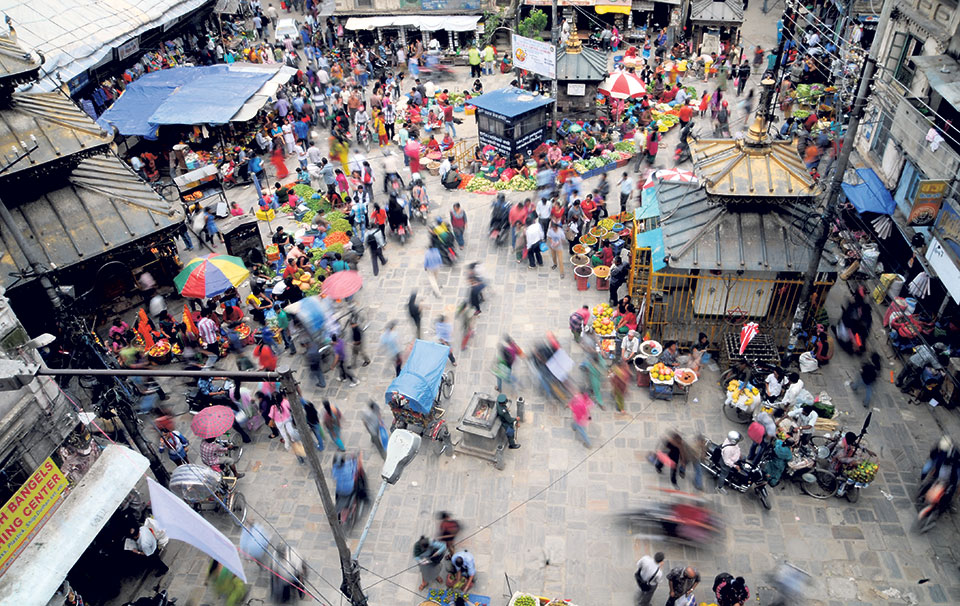
Tendency of youths to migrate to the Western countries is also decreasing the working-age population in the country
KATHMANDU, Dec 12: The Ministry of Health and Population on Friday released the Nepal Demographic and Health Survey (NDHS) Report 2022 which shows that the fertility rate in Nepal has decreased by 50 percent in two decades.
The NDHS report revealed that the total fertility rate of women in Nepal is 2.1 at present. This means that women in Nepal give birth to two children during their reproductive period. This is in line with the target set by the government as a part of the Sustainable Development Goals (SDGs) that plan to achieve the fertility rate of 2.1 births per woman by 2030. In 1996, the birth rate per woman in Nepal was 4.6.
Chief of Policy, Planning and Monitoring Division at the Ministry of Health and Population, Dr Krishna Prasad Poudel said that one of the main reasons for the declining fertility rate is the awareness about family planning and easy access to contraceptive devices. “People are becoming aware about the importance of family planning. There is also easy availability of temporary and permanent family planning devices. This has resulted in a decrease in the fertility rate,” he said.
Dr Poudel also argued that the drop in the fertility rate also means that the interventions made by the MoHP have been successful. There has been a decline in the unmet need for family planning from 32% in 1996 to 21% in 2022, the report states.
This apart, the increased access of education and job opportunities to women have also played a significant role in decreasing the fertility rate of women. “The number of youths going abroad is increasing. More and more women are educated and they have ample amount of job opportunities. These women want to become mothers only after securing a good future for themselves and their children. This has decreased the fertility rate,” argued Dr Poudel.
However, there are already concerns that Nepal may face the problem of under population and the burden of an aging population will be too high in the next few decades if the trend of declining fertility rate continues. The tendency of youths to immigrate to the Western countries is also decreasing the working-age population in Nepal.
In the present context, a lower global population is a good thing when seen from the perspective of climate change as well as pollution. But if the fertility rate drops below replacement levels, there is the chance of unsustaining population in future.
Associate Professor Balkrishna Mabuhang at the Central Department of Population Studies, Tribhuvan University, said the fertility rate alone cannot predict whether the population will increase or decrease in the future. However, looking at the trend of declining fertility rate and increasing outbound migration of Nepali nationals, the country’s population may decrease in the near future. “Earlier, most of the countries of the world were focused on decreasing the population growth. But if the fertility rate goes below the replacement level, we will face the problem of under population,” he said.
The NDHS report also showcases that Nepal has made tremendous progress in terms of infant mortality rate. Between 1996 and 2022, the infant mortality rate in Nepal declined from 78 in 1996 to 28 deaths per 1,000 live births in 2022.
The report also states that there has been a significant reduction in the mortality rate of children under five years of age in Nepal. The under-5 mortality declined from 118 to 33 deaths per 1,000 live births from 1996 to 2022. The neonatal mortality rate has come down to 21 deaths, down from 50 in 1996 per 1,000 live births, according to the latest survey.
Demographer Mabuhang mentioned that birth, death and migration play an important role in terms of natural increase of population. He said that the trend around the world including Nepal is that the mortality decreases at first and then the birth rate sees a decline. “This keeps the balance in the natural increase of the population. However, we have to remember that migration also takes place. With the increasing international and urban migration, there is not the right balance in birth, death and migration rates due to which the possible future of Nepal is declining population growth.”
Dr Poudel, however, said that the decrease in the neonatal mortality rate didn’t turn out as expected. “Our target was to reduce the neonatal mortality rate to 16 deaths per 1,000 live births in 2022. This means that we still have to work hard as our goal is to reduce it by 12 deaths per 1,000 live births,” he said.
The government has implemented programs related to community-based newborn and childhood illness and provide skill enhancement training to paramedics and health workers to reduce child mortality rate. The successful implementation of vaccination and nutrition programs to children has also resulted in a low child mortality rate.
Demographer Mabuhang said that it is high time the government became aware of the potential consequences of increase as well as decrease in population can have for the nation. “Government officials have been participating in national and international level policy making summits regarding population management. However, the objectives seem to be only on paper as there is no effective implementation,” he said. “It is the right time now to discuss measures of population management and the consequences of both population growth and possibility of under population in the near future.”
You May Like This

Declare growing road accidents a national crisis, take measures to curb them
It is a somber reality that road accidents have become a common occurrence in our country, often with terrible loss... Read More...

World Hypertension Day being observed today
KATHMANDU, May 17: World Hypertension Day is being observed today in Nepal, too by organizing various programmes from the government... Read More...
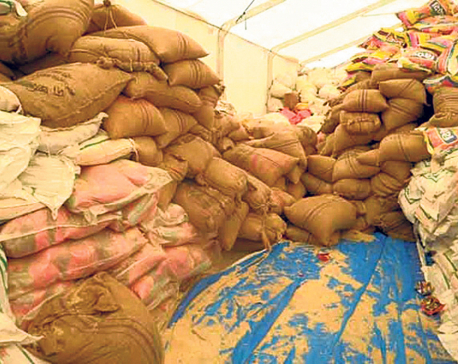
Households under risk of food insecurity to get identity cards
KATHMANDU, Aug 24: The government has proposed to distribute Food Support Identity Card to people vulnerable to food insecurity. A new bill... Read More...





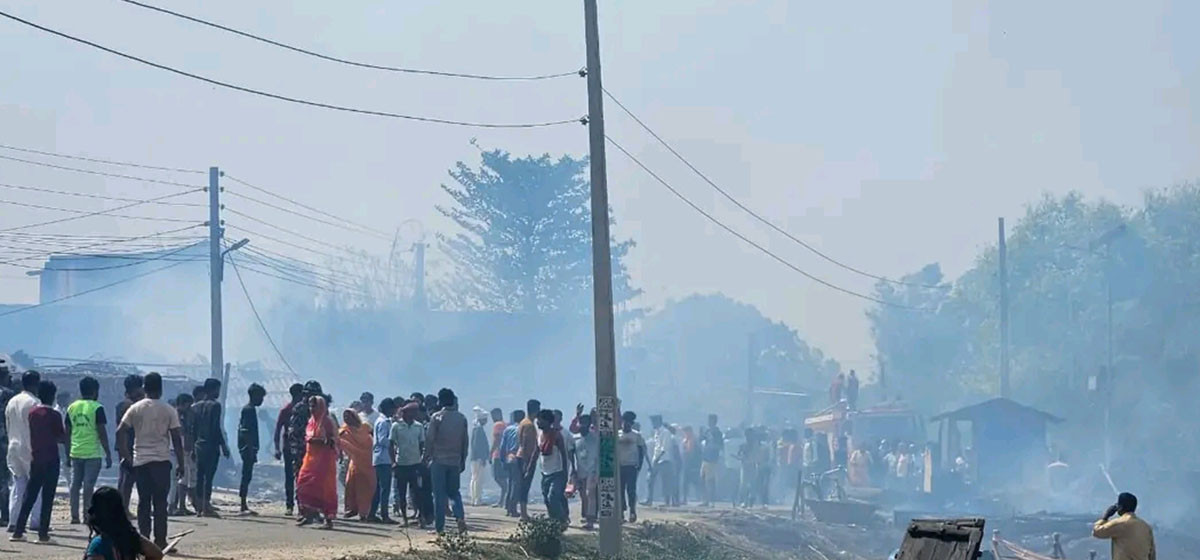
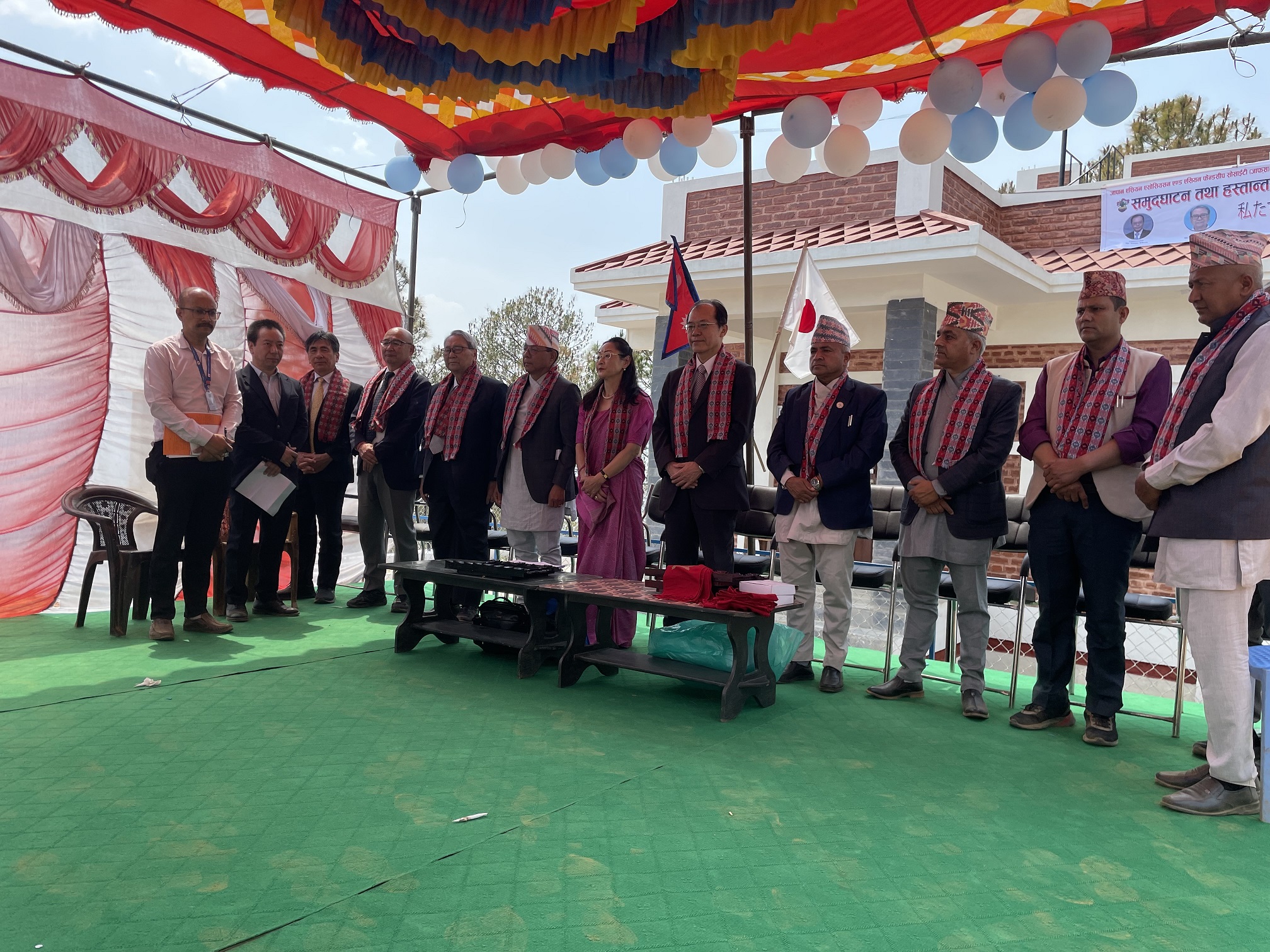
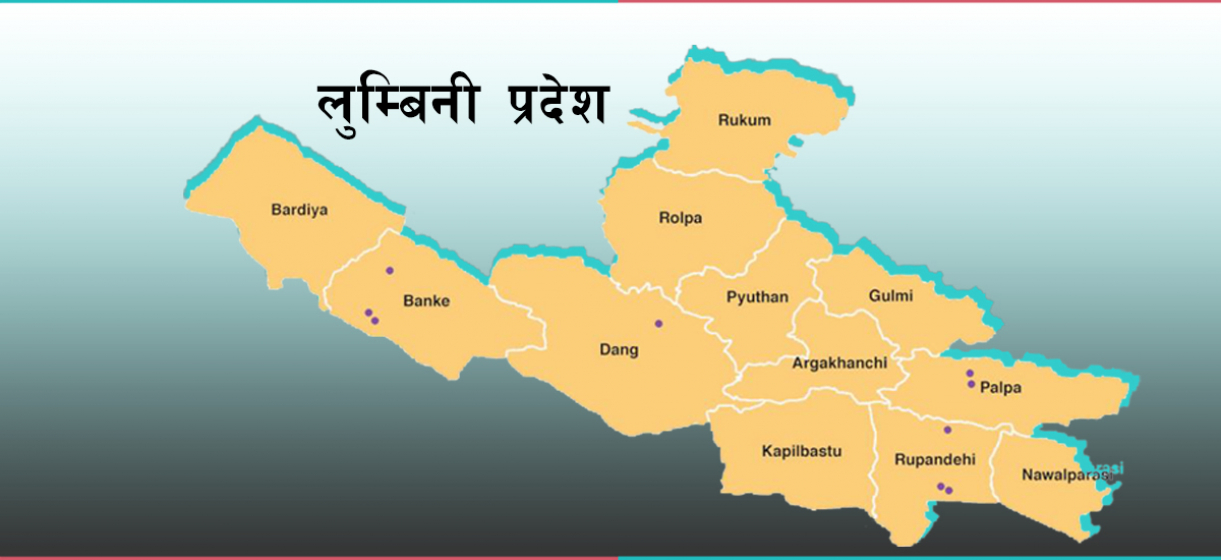
Just In
- Patan High Court issues short-term interim order to halt selection process of NTB’s CEO
- NEPSE inches up 0.15 points; daily turnover increases to Rs 2.53 billion
- Bagmati Govt mandates tri-lingual signboards in offices
- Inferno destroys 70 houses in Mahottari
- Health ministry urges precaution against heatwave
- Jhapa road mishap update: Three deceased identified
- Japan hands over Community Center for Disaster Prevention to Indrawati Rural Municipality
- Lumbini: Seven ministers gain portfolios











Leave A Comment